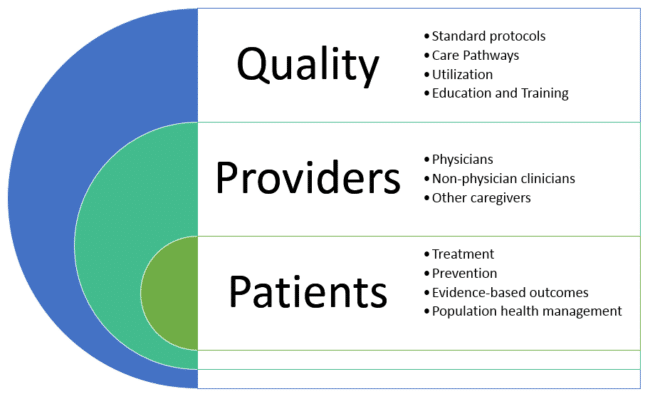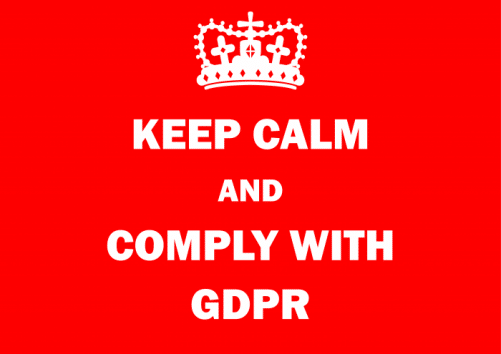The process for managing a project can be overwhelming to new project managers or people who are just stepping into the responsibility of managing a project without a lot of previous project management training or background. Several years ago, I attended a three-day project management course while in a management role. In this class, I received document after document after document that I was supposed to complete during the project. I had been successfully managing ‘projects’ in my management role but never knew that there was an actual project life cycle process that should be followed. I came out of that three-day class thinking ‘no way’. There’s so much paperwork to do that there’s no time to get anything done!
Now that project management processes are such a large part of the everyday life of a project manager, I often find that inexperienced project managers get so bogged down in the process or paperwork that they are forgetting the most important thing that a project manager is responsible for which is, in my mind, moving the project forward!
Following the organizational PM or PMBOK processes are important. Ensuring the required documentation is in place and signed off is important. Updating status reports and keeping stakeholders updated is important. But let’s not lose sight of the fact that the project cannot succeed if each step in the plan does not move forward and that the driving focus of our everyday efforts as project managers should be “What needs to happen today to successfully move this project forward?”
What might this look like in the daily life of a project manager?
Each day when reviewing the work plan, look at items that are in progress or upcoming and ask, “What is the next step?” It could be that the next step is in progress and flowing smoothly, but it could also be that the next step might be to get that requirements document signed off in 4 weeks. In order to obtain that sign-off, you will need to plan time for reviews, revisions, and schedule time on the calendars of busy managers and executives. The team might need to prepare a short presentation to accompany the sign-off as well. If you wait until the document is ready to start scheduling these meetings then the sign-off could potentially miss the target date for completion and delay other tasks on the work plan.
What if the team is stuck on an issue that needs escalation or additional time? Ask “What can we do next?” If this activity is going to take additional time is there another activity on the work plan that we can pull forward to work in tandem or ahead of schedule? For example, in one organization my client had a process that required that the requirements document must be completed prior to starting design. However, in this particular case, there were parts of the requirements that were independent of each other and it made a whole lot of sense to get sign-off of those components and start on design ahead of other items. This approach might seem obvious to some, but it did require permission from the PMO to deviate from the organization’s formal process.
When you are reviewing action items and issues, take time to work with your team to ask ‘What is the next step’ to get this resolved? (And don’t forget to add the target date and owner too). Finally, in addition to documenting the issue, add the next steps to the appropriate location such as the action log or work plan.
Your team may be focused on the tasks that are in front of them, but as the project manager you need to be looking several weeks, even months into the future in order to anticipate the next steps so that the team has minimal obstacles to overcome when they get there.





